The most common route to financing the purchase of an ADU is for the homeowner to use their existing home equity. Homeowners borrow against their equity either through a second mortgage loan typically structured as a line of credit or by refinancing their existing first mortgage to cash out the equity. Given the current low interest rate environment, homeowners seeking to borrow against their equity through either of these methods have great options from which to choose, and we encourage you to talk with a variety of lenders to get the best deal. Dweller can also provide recommendations for traditional home equity lenders if you don't already have lenders in mind.
Factors to consider when comparing home equity loans include interest rate, required monthly payment (interest only or principal and interest), term of the loan and the amortization or repayment schedule. Since an ADU can be used to generate monthly income, a homeowner may be able to match monthly income from rent with a required monthly loan payment.
In addition, homeowners should also consider the timing of their ADU project since a cash out refinance of an existing first mortgage will increase interest costs immediately. If that cash won’t be used for at least six months, it may be worth considering a home equity line of credit, which allows the homeowner to draw funds as needed.

